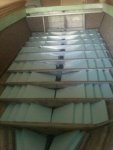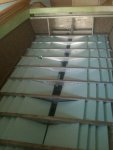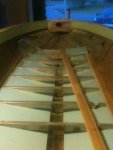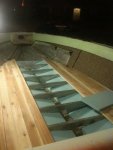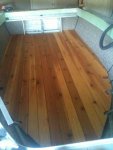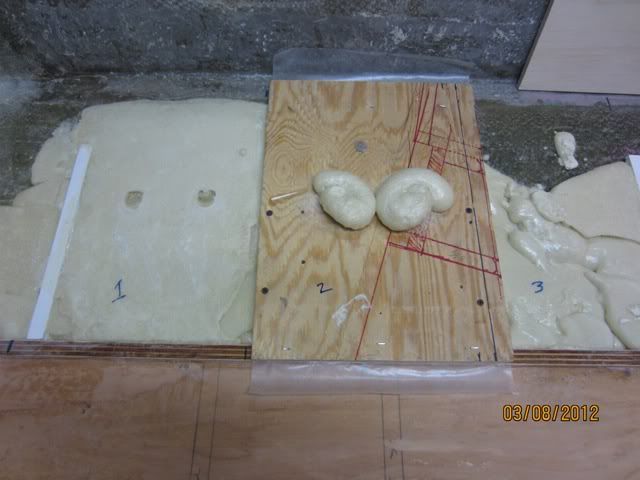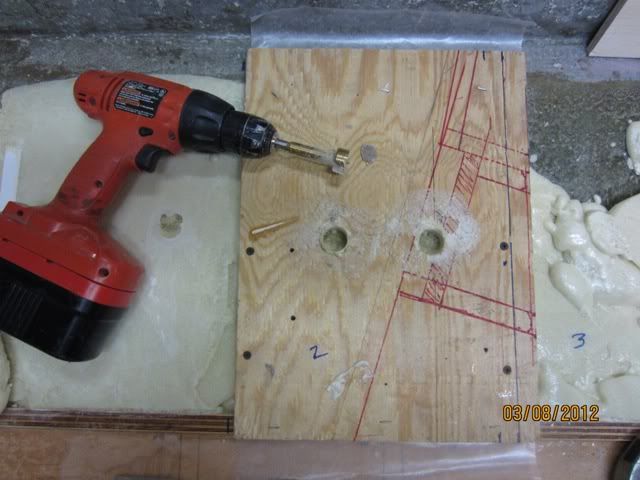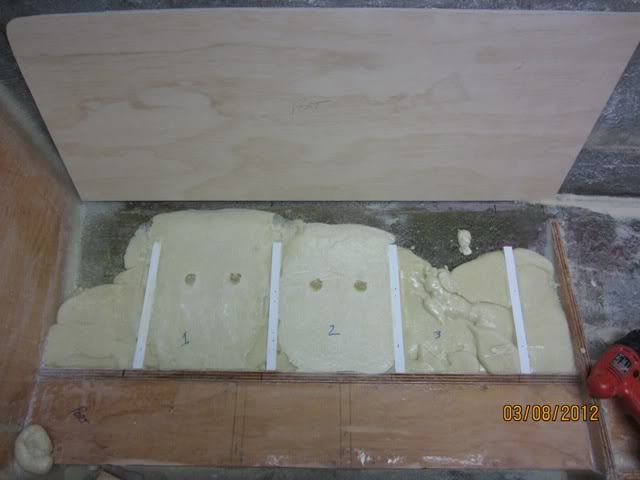Re: Pour in foam recommendations - Process
You seem to be getting more absolute with this fact. It used to be "some" and now it is "most". Have you gotten some new info on the subject?
Yes. With investigation, I have found new information.
As building methods change, the structural use of foam has become more and more common place.
here is a brief history.
In the 60s the boat hulls were made so thick that you didnt need foam.....but the builders threw chunks of it in....even Styrofoam for floatation.
In the 70's USCG ruled that each pleasure boat under 25 feet had to be foamed.
This really ticked builders off.....the foam was expensive.....and did nothing for sales.....just an added cost.
so they used only as much foam as necessary for flotation.
In the 80's corporate demands for profit required a new approach for cost cutting.
In the mean time, closed cell pour in foam became a far stronger product. this was due to different chemicals added to the foam to create the closed cells. more structural rigidity was a by product due to the dome shape of the bubble walls of the foam.
(as we know, a dome is a very strong architectural shape. ad closed cell foam is made up of a bazillion domes)
early 80's
bayliner revolutionized the industry, by making the hull thinner any where foam was added. the actually relied on the foam to re enforce the structure of the hull.
this process, cost less money in resin and fiberglass and resin. decreased labour and less overall weight. a win-win solution to the foam costing money dis advantage to the builders.
mid 80's
bayliner starts getting warranty on hulls penetrated due to thin fiberglassed hulls.
it was discovered that the floatation foam was preventing water intrusion in a penetration situation. the foam would get wet....but the boat would not fill. thus, the owners for the most part. never even knew that the hull had been penetrated, and ran the boat for a few seasons with a big hole in the hull.
90's
most major manufactures switch to bayliners production methods to conserve costs.
2000's
virtually all manufacturers use the "bayliner" production technique very few exceptions.
Kals custom (a division of rinell) but rinell uses the new method.
chris craft pleasure boats. under 25 feet.
even the four winns have switched.
this information was researched by myself by talking to most of the manufacturers. including Rinell, Regal, Searay, Bayliner, Campion, and people that worked on the line of Svfarah. as well as talking to several long time boat industry sales reps, as well as several fiberglass resin and gellcoat manufactures.
MY own experiences with foam (I hate digging out the water logged stuff

) have led me to the same conclusions as the engineers at bayliner when they discovered the significance of the use of pour in foam.
one interesting note.....
on the thinner hulled boats...waterlogged foam created "dents" in the hulls of boats that were stored on roller trailers.
this is one of the major reasons that the early 80's saw the switch to "bunk"style trailers.
again, the cost of manufacturing a bunk trailer was lower than a roller. so again, the new style was a win-win for everyone.
side note part 2....
cocky sales reps for the dealer ships (frustrated with the time it took to show a new boat owner how to float on float off) found a new way to load a boat on to a bunk trailer.....it was called "power loading"




















